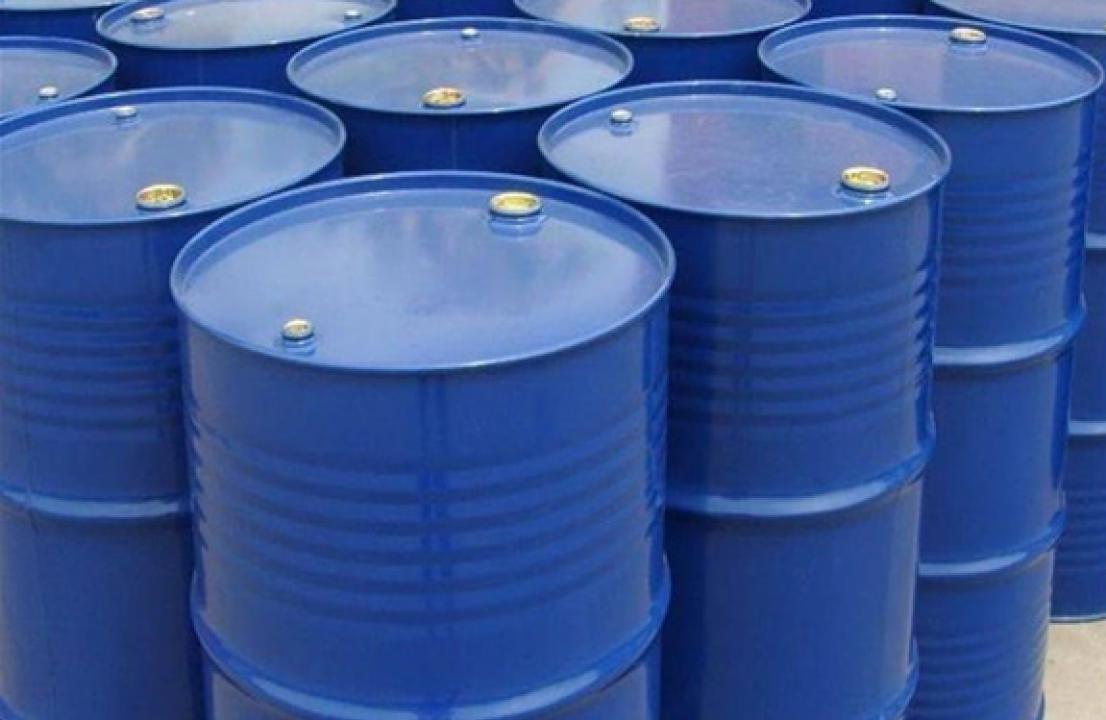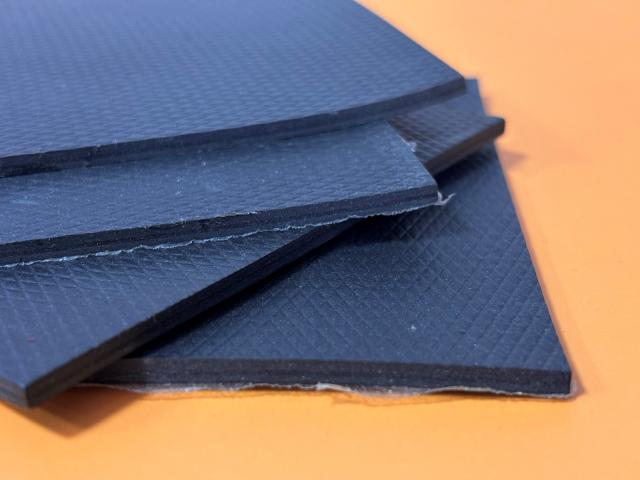Vinyl ester resin is a popular material known for its many desirable properties. However, like any substance, it also has some disadvantages that should be considered.
One of the main drawbacks of vinyl ester resin is its cost. Compared to some other resins and materials, vinyl ester resin can be relatively expensive. This higher cost can limit its use in applications where budget constraints are a major concern. The cost is often due to the complex manufacturing process and the use of specialized raw materials.
Another disadvantage is its handling requirements. Vinyl ester resin often requires careful handling and mixing procedures. It may need to be stored and used under specific temperature and humidity conditions to ensure proper curing and performance. Improper handling can lead to issues such as incomplete curing, reduced mechanical properties, or even resin degradation.
Vinyl ester resin can also be more difficult to work with than some other materials. It has a relatively short pot life, which means that once it is mixed with a catalyst or initiator, it begins to cure quickly. This can limit the amount of time available for application and shaping, requiring experienced workers and careful planning. Additionally, the resin may be more viscous than other resins, making it harder to spread or apply evenly.
In some cases, vinyl ester resin may have limited compatibility with certain substrates or additives. Compatibility issues can lead to poor adhesion, delamination, or other performance problems. Special surface preparations or primers may be needed to ensure proper bonding, adding to the complexity and cost of the application.
Another potential disadvantage is the environmental impact. Although vinyl ester resin can offer good performance and durability, its production and disposal can have environmental consequences. The manufacturing process may involve the use of hazardous chemicals and generate waste products. Additionally, at the end of its life cycle, proper disposal methods may be required to minimize environmental harm.
Furthermore, vinyl ester resin may be more sensitive to certain environmental factors than other materials. For example, it can be affected by prolonged exposure to ultraviolet (UV) light, which can cause degradation and discoloration. Protective coatings or measures may be needed to shield the resin from UV exposure, adding to the overall cost and complexity of the application.
In conclusion, while vinyl ester resin has many excellent properties and is widely used in various applications, it also has several disadvantages. The higher cost, handling requirements, limited pot life, compatibility issues, environmental impact, and sensitivity to certain environmental factors should all be carefully considered when choosing vinyl ester resin for a particular project. By understanding these drawbacks, engineers and designers can make informed decisions and take appropriate measures to mitigate any potential problems.














